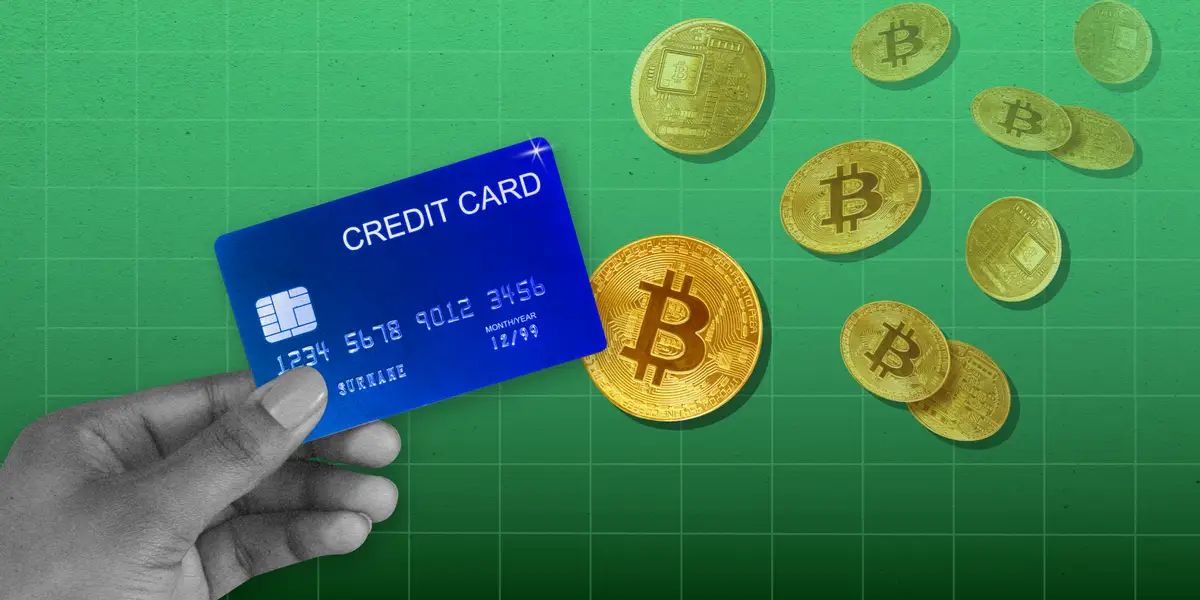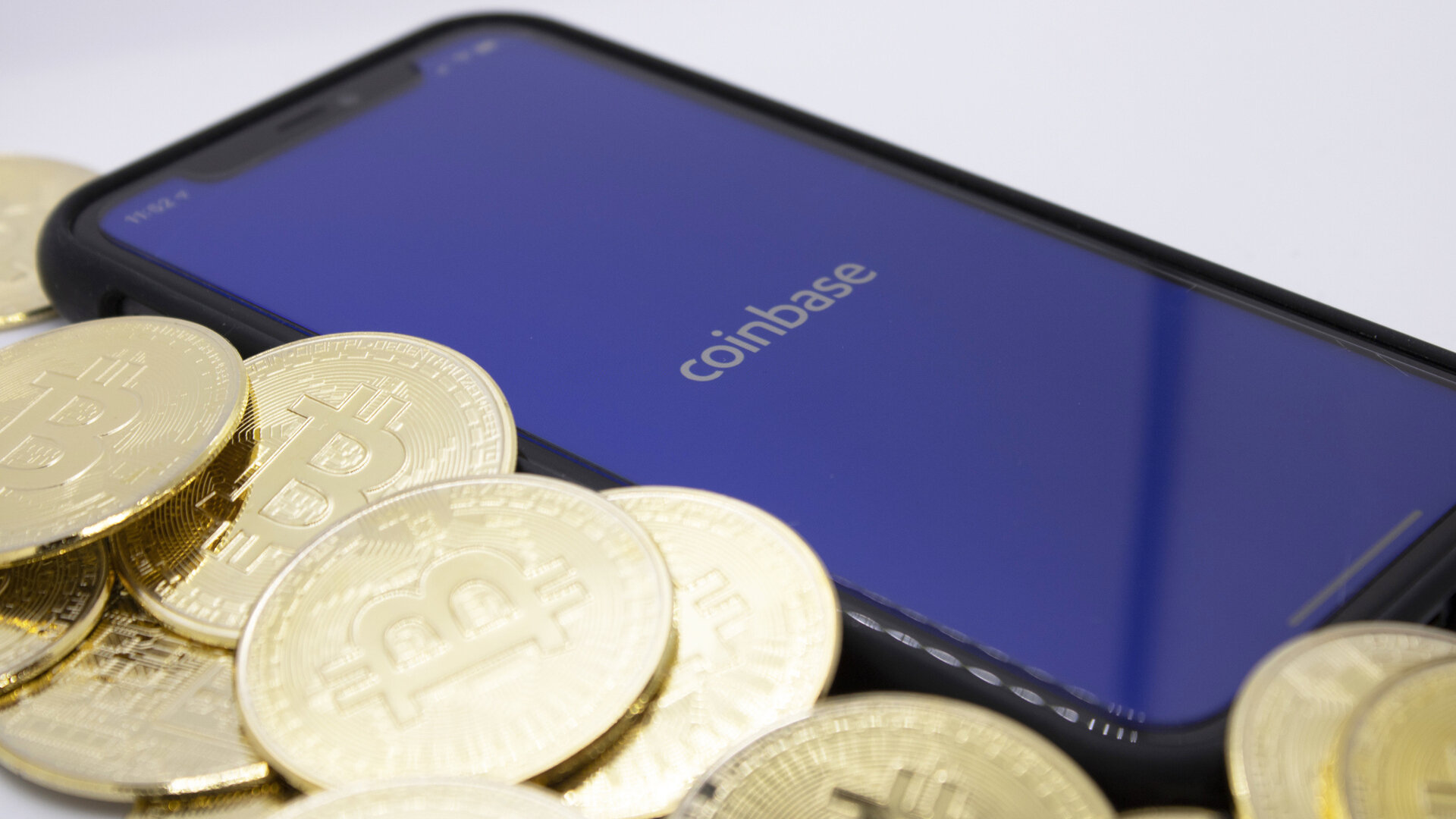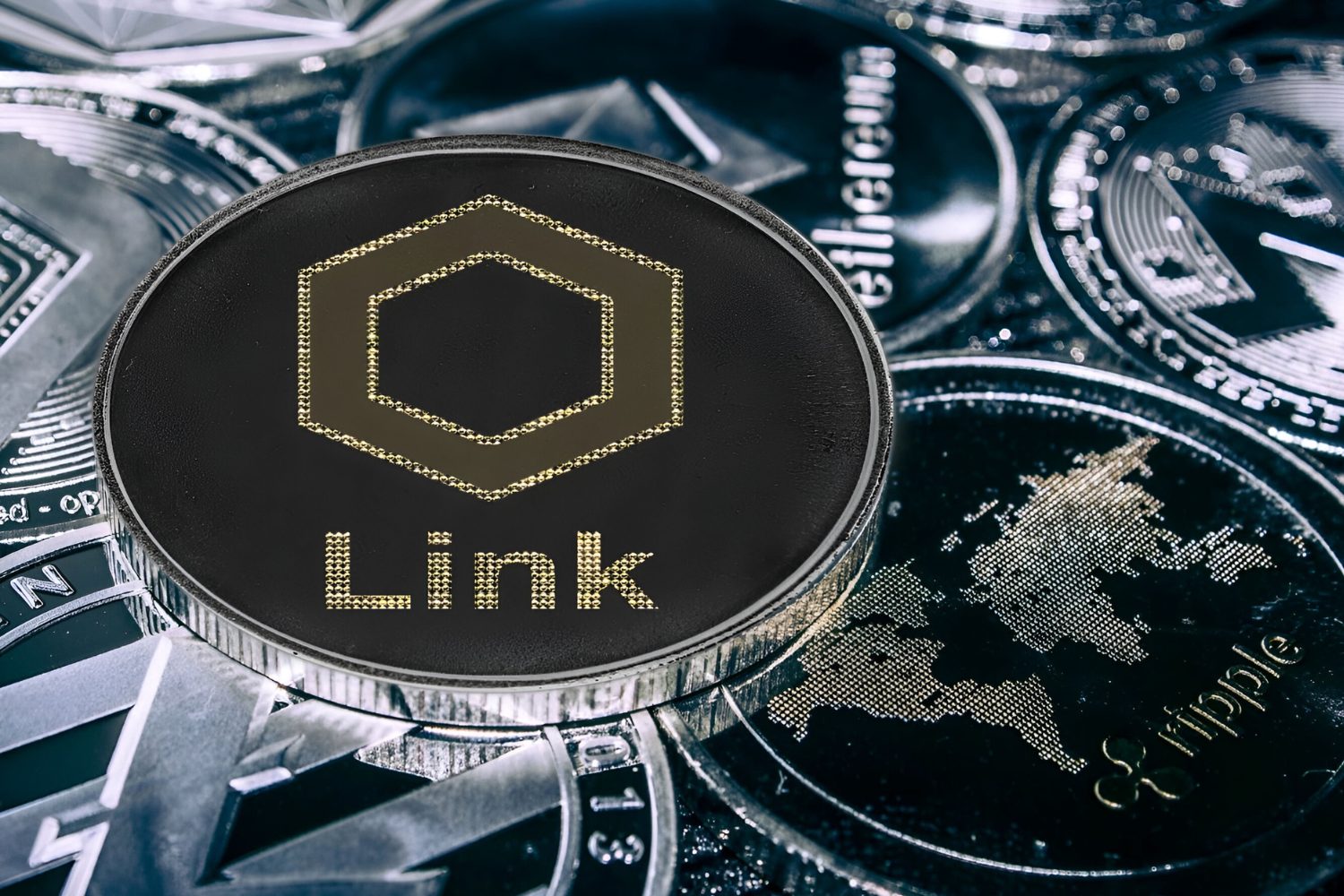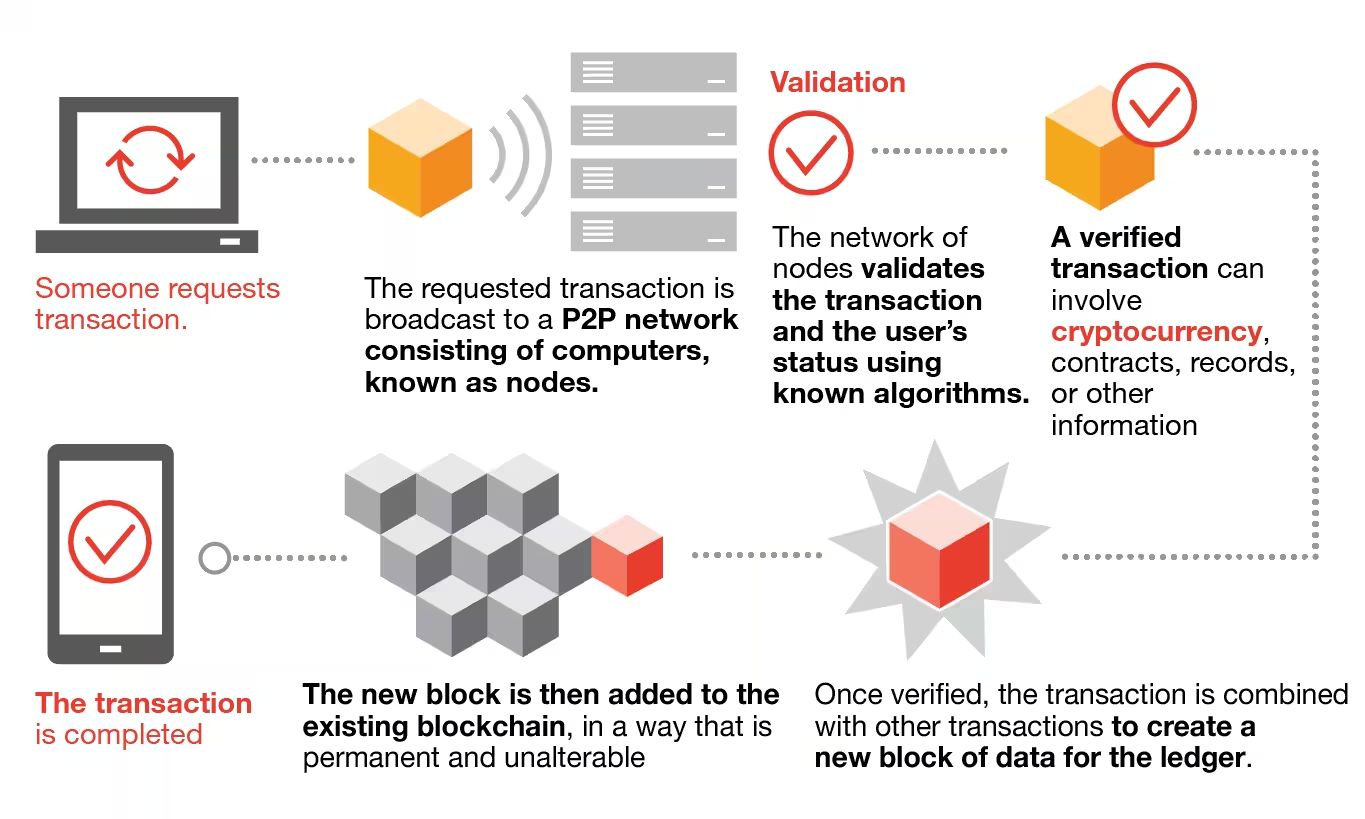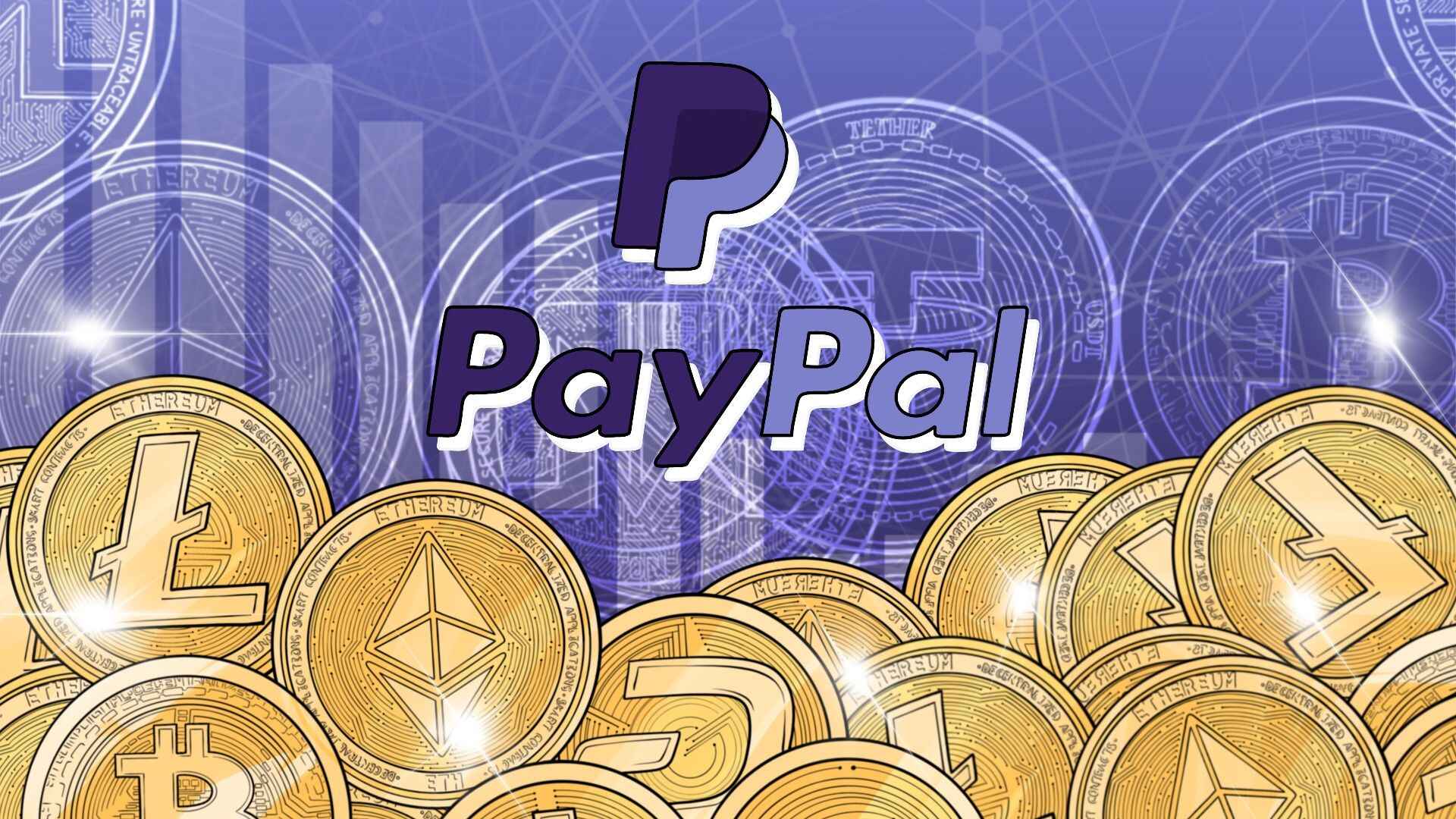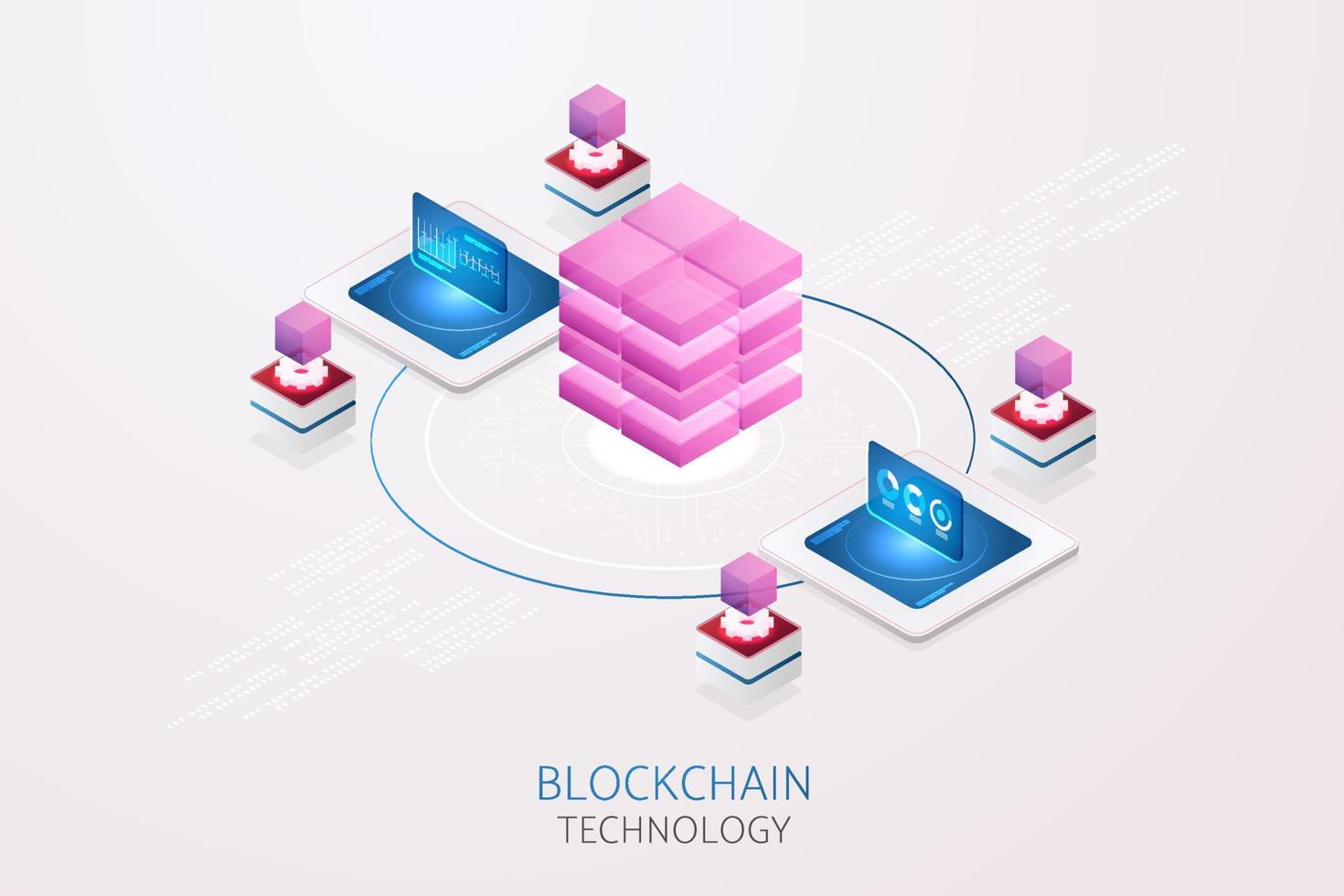Introduction
Welcome to the world of blockchain technology, where transparency, security, and decentralization come together to revolutionize various industries. Blockchain, originally introduced with the invention of Bitcoin, has emerged as a groundbreaking technology with a multitude of applications beyond cryptocurrencies. At its core, blockchain is a distributed ledger that enables the secure and immutable recording of transactions.
When we delve deeper into the workings of a blockchain, we come across an important concept called “links.” These links play a vital role in ensuring the integrity and reliability of blockchain data. In this article, we will explore the significance of links in a blockchain and how they contribute to the verification process.
But first, let’s have a brief overview of what exactly a blockchain is and how it functions.
A blockchain is essentially a chain of blocks, where each block contains a set of data or transactions. These blocks are interconnected and secured using cryptographic algorithms, making it virtually impossible to alter or tamper with the information contained within. The decentralized nature of blockchains ensures that no single entity has control over the entire network, enhancing trust and eliminating the need for intermediaries.
Now, let’s turn our attention to the specific role of links in a blockchain and how they facilitate the verification of transactions and data.
What is a Blockchain?
A blockchain is a decentralized digital ledger that records transactions across multiple computers or nodes. It functions as a distributed database, where each participant in the network has a copy of the entire blockchain. This eliminates the need for a central authority or intermediary to validate and maintain the ledger, making it more secure and transparent.
The fundamental characteristics of a blockchain include immutability, transparency, and decentralization. Immutability refers to the inability to alter or delete the data once it has been recorded on the blockchain. This ensures the integrity and permanence of the information, making it highly reliable.
Transparency is another key feature of a blockchain. Since every participant in the network has a copy of the blockchain, all transactions are visible to everyone. This transparency fosters trust among participants and enables them to verify the accuracy of the recorded transactions.
Decentralization is a core aspect of blockchain technology. Unlike traditional centralized systems where a single entity has control over the data, a blockchain operates on a peer-to-peer network. Each participant (or node) in the network has an equal say in the validation and verification of transactions. This decentralization ensures that no single entity can manipulate or corrupt the data on the blockchain.
One of the most notable use cases of blockchain technology is cryptocurrencies like Bitcoin. Bitcoin was the first successful implementation of blockchain, demonstrating its potential to revolutionize the financial industry. However, blockchain has evolved beyond cryptocurrencies and is now being explored in various sectors like supply chain management, healthcare, real estate, and voting systems.
Overall, a blockchain serves as a secure and transparent ledger that enables the recording, verification, and storage of transactions in a decentralized manner. Its inherent features of immutability, transparency, and decentralization make it a powerful technology with significant potential for transforming diverse industries.
What are Links in a Blockchain?
In a blockchain, links are the connections between individual blocks that form the chain. Each block in a blockchain contains a unique identifier called a hash. This hash is a cryptographic representation of the data within the block. However, it also includes a reference to the hash of the previous block in the chain. This reference is what creates the link between blocks.
The inclusion of these links in a blockchain is crucial for the integrity and security of the entire system. They create a chronological order of transactions and ensure that any attempted alteration or tampering of a block will be easily detected. As each block references the hash of the previous block, any change to the data in a block would require a recalculation of the hash, which in turn would affect the hashes of all subsequent blocks. This makes any fraudulent modifications highly evident and virtually impossible to cover up.
Another important aspect of links in a blockchain is that they create a sense of continuity and consensus among network participants. Since each participant possesses a copy of the blockchain and can independently verify the integrity of the blocks, a general consensus is formed on the validity of the recorded data. This consensus mechanism ensures that the blockchain remains trustworthy and resistant to manipulation.
Furthermore, links enable efficient retrieval and traversal of the blockchain. By following the links from one block to another, users or applications can easily navigate through the entire chain and access specific transactions or data. This seamless navigation makes the blockchain more user-friendly and allows for faster data retrieval.
Additionally, the use of links in a blockchain enables the creation of a merkle tree structure, sometimes called a hash tree. A merkle tree is a hierarchical data structure that allows for efficient verification of the integrity of large sets of data. By utilizing the links to form the merkle tree, the blockchain can ensure that all the transactions within a block or a set of transactions are consistent and have not been tampered with.
Overall, links play a fundamental role in maintaining the integrity, security, and consensus in a blockchain. They provide the chronological order of transactions, detect any tampering attempts, enable efficient traversal of data, and facilitate the creation of merkle tree structures. Without these links, the concept of a blockchain would lose its essence as a secure and trustworthy decentralized system.
How are Links Created?
The process of creating links in a blockchain involves several key steps. These steps ensure the proper construction and maintenance of the chain, enabling the reliable and secure recording of transactions. Let’s explore how links are created in a blockchain:
- Data Structure: The blockchain is initially created as an empty chain. Each block in the chain is structured to include relevant transactional data and a unique identifier known as a hash. This hash is generated using a cryptographic hashing algorithm, such as SHA-256.
- Transaction Verification: Before a transaction can be added to a block, it needs to be verified. This involves ensuring that the transaction is valid, authorized, and meets the predefined criteria set by the blockchain protocol. Verification is typically performed by network participants known as miners, who compete to validate transactions and add them to the blockchain.
- Block Creation: Once a set of transactions has been verified, they are bundled together into a block. The block also includes a timestamp and a reference to the hash of the previous block in the chain, creating a link between the blocks.
- Hashing: To generate the hash for the current block, all the data within the block is inputted into a hashing algorithm. This algorithm converts the data into a fixed-length string of characters, which uniquely represents the block. The hash also includes the reference to the previous block’s hash, ensuring the linkage between blocks.
- Consensus Mechanism: Once the hash is generated, it is broadcasted to the network for verification. Network participants validate the hash by independently recomputing it based on the block’s data and checking if it matches the provided hash. This consensus mechanism ensures that all network participants agree on the validity of the block and its link to the previous block.
- Adding to the Chain: After the block is verified and approved by the network, it is added to the existing chain. The link between the blocks is established by including the hash of the previous block in the data structure of the current block. This creates a seamless and continuous chain of blocks, with each block referencing the one that came before it.
These steps are repeated every time a new block is created, ensuring the proper construction and maintenance of the blockchain. Through this process, links are created, allowing for the establishment of a secure, transparent, and decentralized ledger.
Role of Links in Blockchain Verification
Links in a blockchain play a crucial role in the verification process, ensuring the integrity, security, and consensus of the entire system. They serve as the backbone of blockchain technology, enabling participants to validate and trust the recorded transactions. Let’s explore the specific roles that links play in the verification of a blockchain:
- Ensuring Chronological Order: Links create a chronological order of transactions in a blockchain. As each block references the hash of the previous block, they form a linear sequence of events. This order is crucial in verifying the validity of transactions and preventing any attempts at tampering or altering the data. Any modification to a block would require recalculation of its hash and would affect the subsequent block’s hash, making fraudulent changes easily detectable.
- Detecting Tampering Attempts: The inclusion of links in a blockchain ensures the security and integrity of the data. If someone tries to tamper with the data in a block, the hash of that block would change. Since each subsequent block references the previous block’s hash, any alteration in the hash would cause a chain reaction, affecting all subsequent hashes. This makes the tampering attempt easily identifiable and alerts participants to the presence of fraudulent activity.
- Facilitating Consensus: Links contribute to the consensus mechanism in a blockchain. Since each participant in the network possesses a copy of the blockchain, they can independently verify the integrity and validity of the blocks. The uniformity of the hashes and the references to previous blocks create a consensus among participants, enabling them to agree on the accuracy and completeness of the recorded transactions. This consensus is crucial in maintaining the trustworthiness and reliability of the blockchain.
- Creating Transparency: The presence of links in a blockchain ensures transparency and visibility of transactions. Since every participant has access to the entire blockchain and can verify the integrity of each block, there is a high level of transparency and trust within the system. This transparency mitigates the need for intermediaries and fosters a direct peer-to-peer interaction among participants.
- Enabling Efficient Verification: Links facilitate the efficient verification of the blockchain. By following the links from one block to another, users or applications can easily navigate through the entire chain and verify specific transactions or data. This streamlined verification process allows for faster data retrieval and ensures the accuracy and integrity of the blockchain.
In summary, links in a blockchain serve as the backbone of verification, ensuring the chronological order of transactions, detecting tampering attempts, facilitating consensus among network participants, creating transparency, and enabling efficient verification. Without these links, the blockchain would lose its inherent security, reliability, and trustworthiness.
Benefits of Links in a Blockchain
The inclusion of links in a blockchain brings several benefits to the overall functionality and effectiveness of the technology. These links play a fundamental role in enhancing the security, transparency, and efficiency of blockchain systems. Let’s explore some of the key benefits of links in a blockchain:
- Data Integrity: Links ensure the integrity of the data recorded in a blockchain. By referencing the previous block’s hash, any alteration or tampering attempts on a block would result in a mismatched hash, making any fraudulent modifications easily detectable. This enhances the trustworthiness and reliability of the blockchain, ensuring that the recorded transactions remain transparent and unchangeable.
- Chain of Trust: Links maintain a chain of trust in a blockchain. Each block’s reference to the previous block’s hash creates a tamper-evident record of transactions. Participants in the network can independently verify the integrity of the blocks by following the links, ensuring that the blockchain remains free from unauthorized modifications and manipulation. This creates a system where trust is built upon an unbroken chain of blocks, promoting transparency and eliminating the need for intermediaries.
- Network Consensus: Links contribute to the consensus mechanism in a blockchain. The reference to previous block hashes ensures that all participants in the network can validate and agree on the accuracy of the recorded transactions. This consensus fosters a democratic and decentralized approach to decision-making, eliminating the need for a central authority and increasing trust among participants.
- Efficient Data Retrieval: Links enable efficient data retrieval in a blockchain. With the ability to navigate through the chain of blocks using the links, users or applications can easily access specific transactions or data. This streamlined retrieval process eliminates the need to search through the entire blockchain, enhancing efficiency and saving time.
- Enhanced Security: The presence of links in a blockchain enhances its security. The cryptographic nature of the hashes and the interconnectedness of the blocks ensure that any tampering or alteration attempts are easily identifiable. This deterrent effect discourages malicious actors from attempting to manipulate the data, making the blockchain more resilient to attacks.
Overall, links in a blockchain provide significant benefits, including data integrity, a chain of trust, network consensus, efficient data retrieval, and enhanced security. These benefits contribute to the overall reliability and trustworthiness of blockchain technology, making it an ideal solution for various industries seeking transparent and secure digital transactions.
Challenges of Links in a Blockchain
While links in a blockchain bring numerous benefits, they also present certain challenges that need to be addressed for the successful implementation and operation of a blockchain system. Understanding these challenges is crucial in order to develop effective solutions. Here are some of the main challenges related to links in a blockchain:
- Scalability: As a blockchain grows in size, the number of blocks and the length of the chain increase. This poses a challenge in terms of scalability, as the time required to validate and verify each block can become a bottleneck. The longer the chain, the more resources and computational power are needed to process and verify the blocks. This scalability challenge needs to be carefully managed to ensure the efficient operation of the blockchain.
- Blockchain Forks: In some cases, disagreements or conflicts may arise within a blockchain network, leading to a fork in the chain. This occurs when a group of participants diverge from the main chain and create their own separate chain. Forks can be caused by different interpretations of the consensus rules or conflicts of interest. These forks can result in data discrepancies and the loss of consensus, challenging the integrity and reliability of the blockchain.
- 51% Attack: A 51% attack refers to a situation where a single entity or a group of malicious actors gains control of more than 50% of the computing power in a blockchain network. This attack can allow the attacker to manipulate the links and data within the blockchain, compromising its security and integrity. Preventing and mitigating 51% attacks remains a challenge in the blockchain space.
- Storage and Bandwidth: The inclusion of links in a blockchain demands additional storage and bandwidth requirements. As the blockchain grows, the storage needs for maintaining the entire chain of blocks increase. Additionally, the process of transmitting the blockchain across the network for verification requires significant bandwidth. These storage and bandwidth requirements can become a challenge for blockchain implementation, particularly in resource-constrained environments.
- Data Privacy: While blockchain is known for its transparency, certain use cases require privacy and confidentiality. The inclusion of links in a blockchain makes it difficult to selectively disclose certain data while keeping other information hidden. Balancing the need for transparency with the demand for data privacy presents a challenge in certain industries, such as healthcare and finance.
Overcoming these challenges is essential for the continued advancement and adoption of blockchain technology. Solutions such as sharding, consensus algorithms, cryptographic techniques, and privacy-enhancing technologies are being explored to address these challenges and provide more scalable, secure, and efficient blockchain systems.
Conclusion
Links play a vital role in the functioning and integrity of a blockchain. The inclusion of links between blocks provides several benefits, such as ensuring the chronological order of transactions, detecting tampering attempts, facilitating consensus among network participants, creating transparency, and enabling efficient verification.
A blockchain, with its decentralized and immutable nature, has the potential to transform various industries by offering enhanced security, transparency, and efficiency. The use of links in a blockchain strengthens these characteristics by creating a chain of trust, where participants can independently verify the accuracy and integrity of the recorded transactions. The presence of links ensures that any attempts to tamper with the data are easily detectable, promoting transparency and eliminating the need for intermediaries.
However, the utilization of links in a blockchain also comes with challenges that need to be addressed. Scalability, blockchain forks, the risk of 51% attacks, storage and bandwidth requirements, and data privacy are some of the challenges that must be tackled for successful blockchain implementation.
Despite these challenges, the value and potential of blockchain technology continue to grow. As technological advancements continue and innovative solutions emerge, these challenges can be overcome, paving the way for widespread adoption of blockchain across various industries.
In conclusion, links provide the backbone of a reliable, transparent, and decentralized blockchain system. Their role in ensuring data integrity, facilitating consensus, and enabling efficient verification makes them a fundamental component of blockchain technology’s success. By addressing the challenges and leveraging the benefits of links, we can harness the full potential of blockchain and revolutionize the way we transact, share data, and build trust in the digital era.









